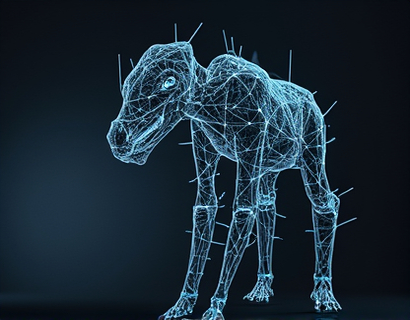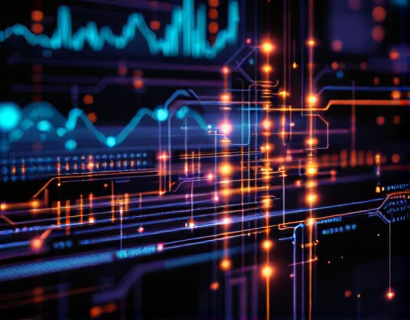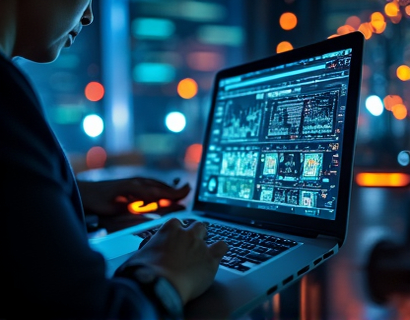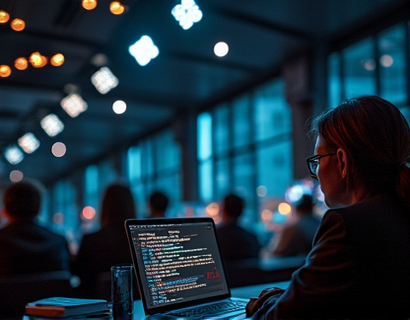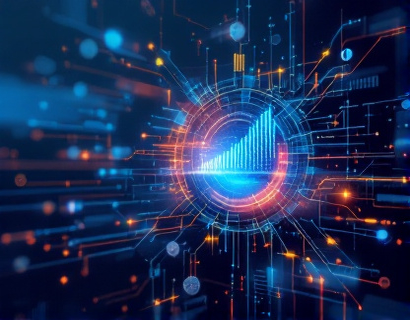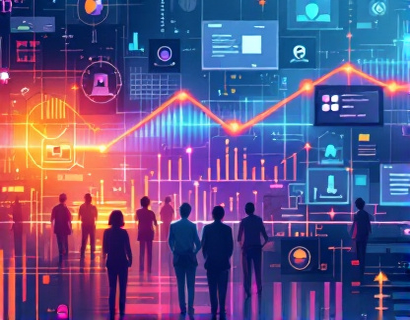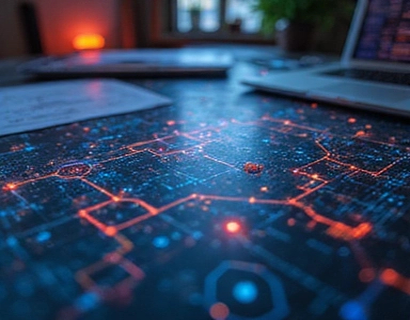Cutting-Edge AI Image Authentication: Ensuring Digital Content Integrity and Trust
The rise of artificial intelligence has brought about unprecedented capabilities in content creation, but it has also introduced significant challenges in verifying the authenticity of digital images. The ability to generate and alter images with AI tools has made it increasingly difficult to trust visual content. This has profound implications across various sectors, including digital media, content creation, brand management, security analysis, legal compliance, journalism, and education. In response to these challenges, advanced software solutions have emerged, designed to detect AI-generated and altered images, ensuring the authenticity and integrity of digital media. This article delves into the intricacies of these cutting-edge tools and their critical role in maintaining trust in an era of sophisticated image manipulation.
The Need for AI Image Authentication
The proliferation of AI-generated images and deepfakes has created a landscape where the line between real and fabricated content is increasingly blurred. This has led to a crisis of trust, where even professionals in fields reliant on visual content can struggle to discern authenticity. The consequences are far-reaching, from misinformation in journalism to brand damage in marketing. The need for reliable methods to verify visual content has never been more urgent. Advanced AI image authentication tools address this need by providing robust solutions to detect manipulated and AI-generated images, thereby restoring trust and ensuring the integrity of digital media.
How AI Image Authentication Works
AI image authentication software employs a combination of machine learning algorithms and advanced image analysis techniques to detect alterations and AI-generated content. These tools analyze various aspects of an image, such as pixel patterns, metadata, and content consistency, to identify signs of manipulation. Here’s a closer look at the key components and processes involved:
- Pixel Analysis: By examining the pixel-level data, these tools can detect inconsistencies that may indicate manipulation. AI-generated images often exhibit patterns that differ from naturally captured photos.
- Metadata Examination: Metadata, including EXIF data, can provide clues about the image's origin and history. Advanced tools can analyze this data to uncover signs of tampering.
- Content Consistency: These tools assess the internal consistency of an image, checking for anomalies in lighting, shadows, and object placement that may suggest alteration.
- Deep Learning Models: Trained on vast datasets of authentic and manipulated images, these models can recognize subtle indicators of AI generation or alteration.
By integrating these techniques, AI image authentication tools can provide a comprehensive analysis, offering a high degree of accuracy in detecting manipulated content.
Applications Across Various Fields
The applications of AI image authentication are diverse and critical across multiple sectors:
Digital Media and Content Creation
In the digital media industry, ensuring the authenticity of visual content is paramount. AI image authentication tools help content creators and publishers verify the integrity of images and videos, reducing the risk of distributing manipulated content. This not only protects their reputation but also maintains the trust of their audience.
Brand Management
Brands are increasingly vulnerable to image manipulation that can harm their reputation. AI authentication tools enable brands to monitor and verify visual content across various platforms, ensuring that their brand image remains intact and authentic. This is particularly crucial in social media, where deepfakes and altered images can spread rapidly.
Security Analysis
In the realm of security, the detection of manipulated images can have significant implications. AI image authentication tools assist security analysts in verifying evidence and intelligence, helping to prevent misinformation that could compromise security operations. This is especially important in forensic investigations and counter-intelligence efforts.
Legal Compliance
Legal professionals rely on the authenticity of visual evidence in court cases. AI image authentication tools provide a reliable means to verify the integrity of images used as evidence, ensuring that legal proceedings are based on trustworthy information. This enhances the credibility of legal arguments and supports fair judicial processes.
Journalism
Journalists face the constant challenge of verifying the authenticity of visual evidence in their reports. AI image authentication tools empower journalists to quickly and accurately assess the credibility of images, reducing the risk of publishing false information. This is crucial in maintaining journalistic integrity and public trust.
Education
In educational settings, AI image authentication tools can be used to teach students about media literacy and the importance of verifying sources. These tools provide a practical way to demonstrate the techniques used to detect manipulated images, fostering a more informed and critical student body.
Benefits of AI Image Authentication
The adoption of AI image authentication tools offers numerous benefits across various industries:
Enhanced Trust
By ensuring the authenticity of visual content, these tools help build and maintain trust with audiences. In an era where misinformation is rampant, the ability to verify content is a significant competitive advantage.
Improved Decision-Making
Accurate visual content is crucial for informed decision-making. AI image authentication tools provide professionals with reliable data, enabling better strategic decisions in areas such as marketing, security, and legal proceedings.
Reputation Protection
For brands and individuals, the protection of reputation is vital. AI authentication tools help monitor and verify content, preventing the spread of manipulated images that could damage reputations.
Compliance and Regulation
In industries subject to strict regulations, the authenticity of visual evidence is often required. AI image authentication tools help organizations comply with legal and regulatory standards, avoiding potential penalties and legal issues.
Challenges and Limitations
While AI image authentication tools are powerful, they are not without challenges and limitations:
False Positives and Negatives
No system is perfect, and AI authentication tools can sometimes produce false positives or negatives. False positives occur when authentic images are flagged as manipulated, while false negatives happen when manipulated images pass undetected. Continuous improvement and refinement of these tools are necessary to minimize these errors.
Computational Resources
Advanced AI algorithms require significant computational resources, which can be a barrier for smaller organizations. However, cloud-based solutions and optimized algorithms are helping to make these tools more accessible.
Evolving Manipulation Techniques
As AI manipulation techniques evolve, so must the authentication tools. Developers must continuously update and enhance these tools to stay ahead of new manipulation methods.
Future Trends in AI Image Authentication
The field of AI image authentication is rapidly evolving, driven by advancements in AI technology and the increasing need for robust verification methods. Some key trends include:
Integration with Blockchain
Blockchain technology can be integrated with AI image authentication to create immutable records of image authenticity. This combination ensures that once an image is verified, its authenticity is permanently recorded and tamper-proof.
Real-Time Verification
Future tools are likely to offer real-time verification capabilities, allowing for immediate assessment of images as they are uploaded or shared. This will enhance the speed and efficiency of content verification processes.
User-Friendly Interfaces
As the technology matures, user-friendly interfaces will become more prevalent, making AI image authentication accessible to a broader range of users, including those without technical expertise.
Conclusion
The rise of AI-generated and altered images has necessitated the development of advanced authentication tools to ensure the integrity of digital content. These tools play a crucial role in maintaining trust and accuracy across various sectors, from digital media and brand management to security and journalism. While challenges remain, the ongoing advancements in AI image authentication offer a promising future for verifying visual content. As professionals across different fields continue to adopt these tools, we can expect a more reliable and trustworthy digital landscape.






